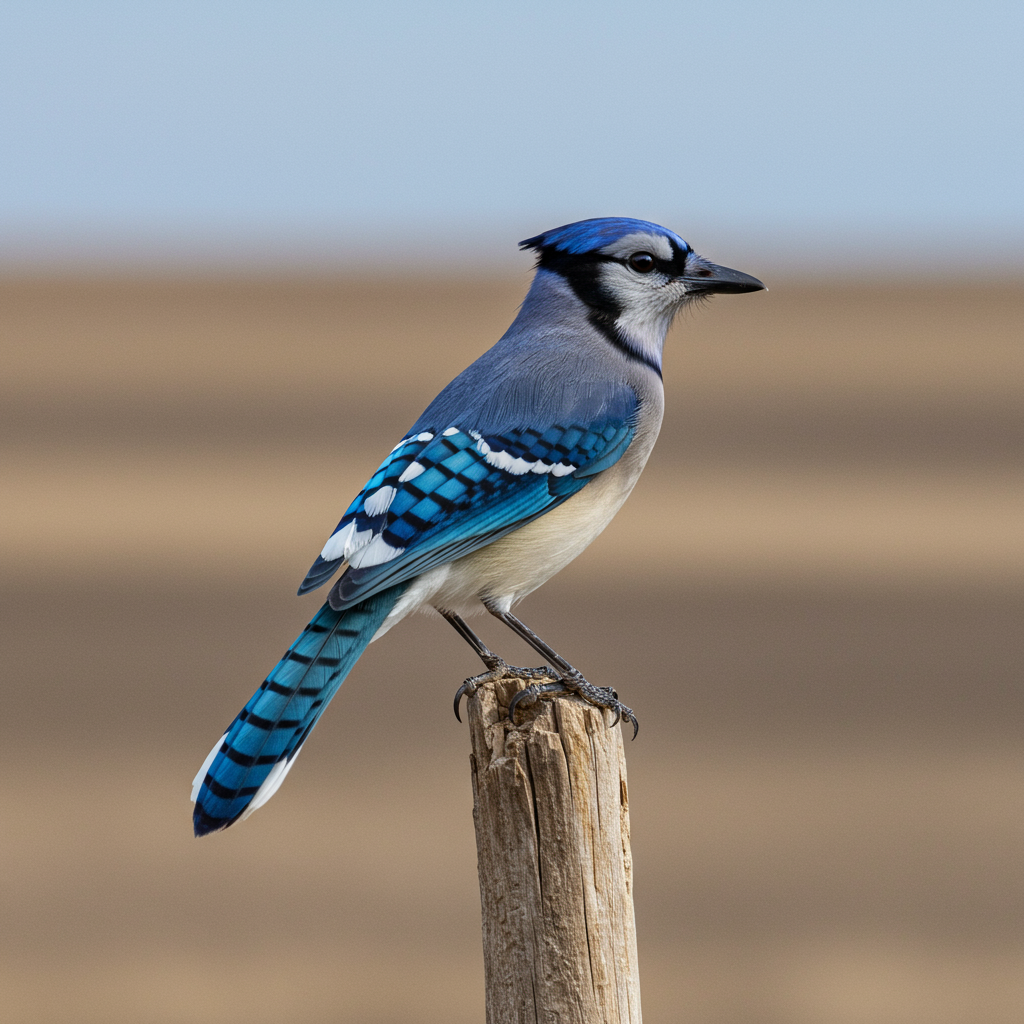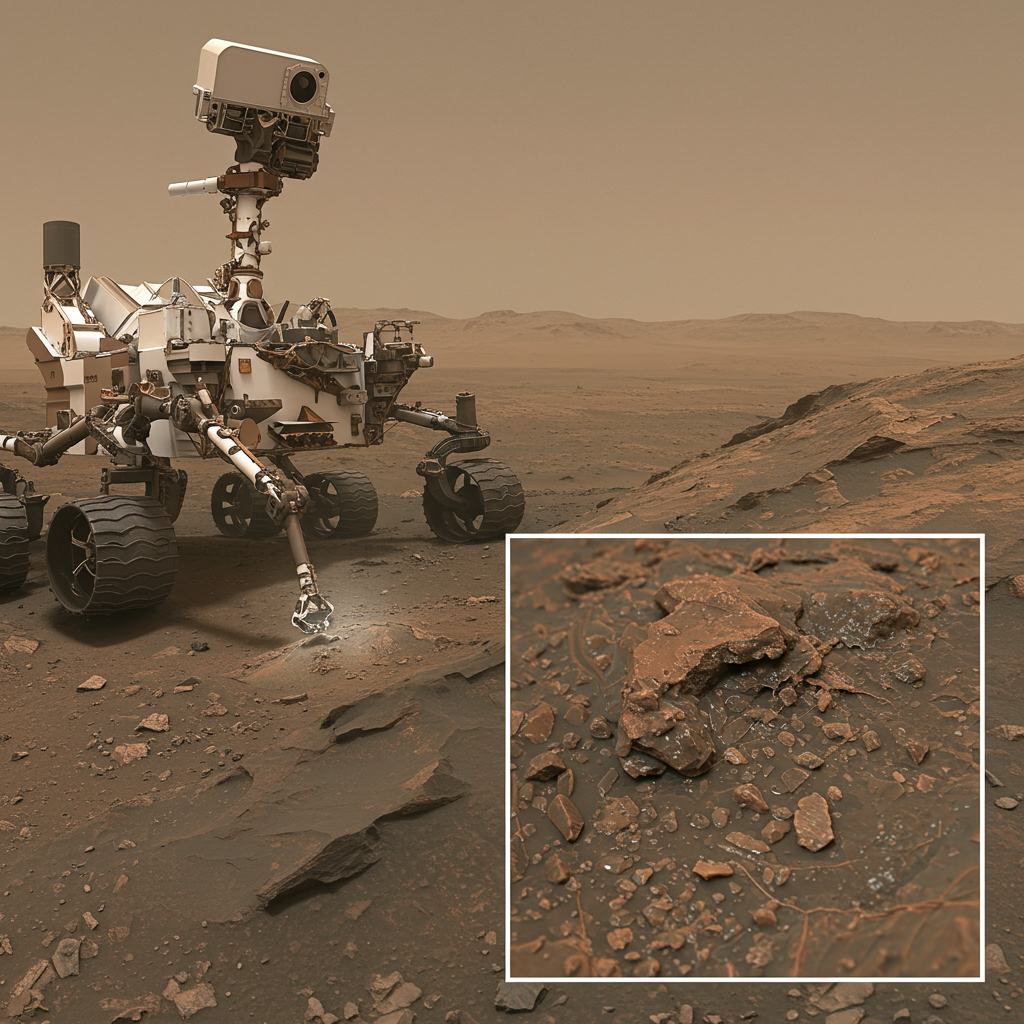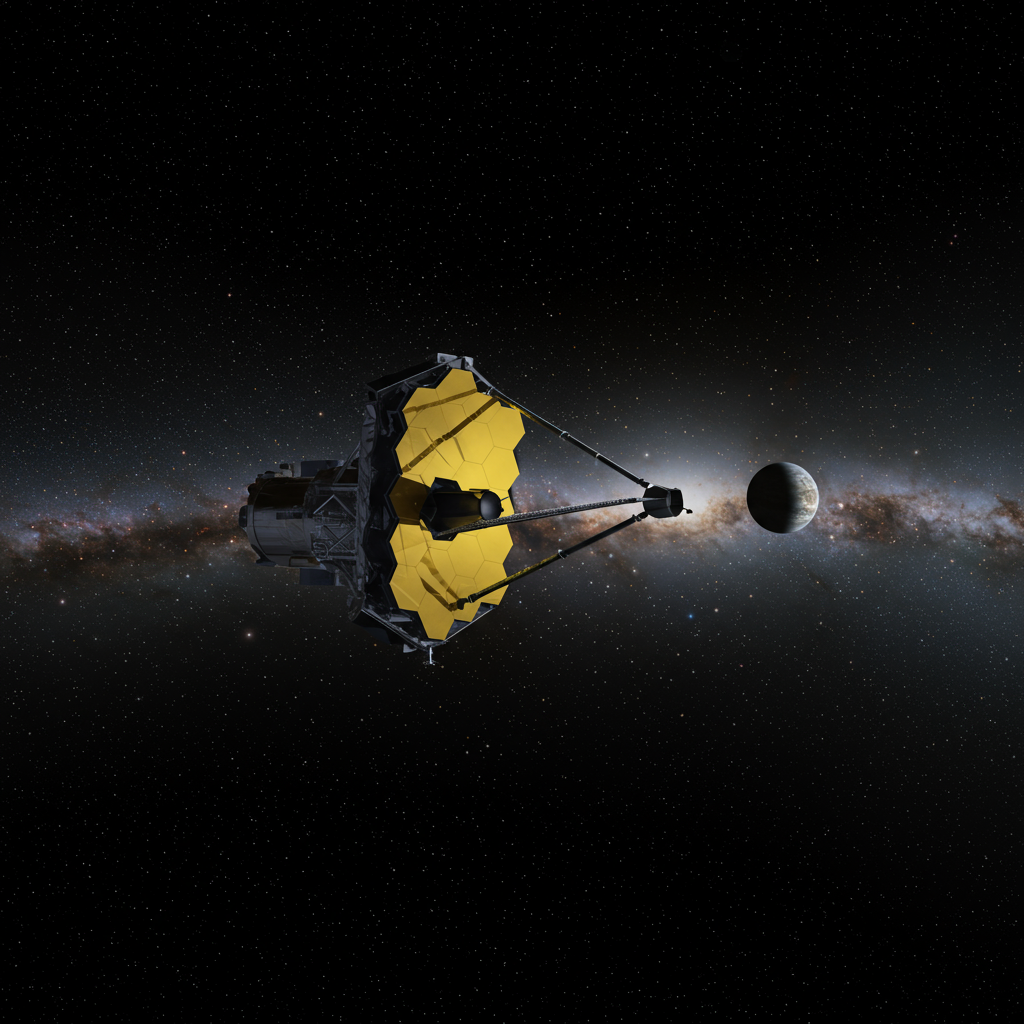An extraordinary ornithological discovery in Texas has captivated scientists and bird enthusiasts alike: the identification of a blue jay green jay hybrid, a unique crossbreed believed to be among the first documented vertebrate hybrids to emerge directly from climate change-induced range shifts. This remarkable find, initially sparked by a homeowner’s social media post, offers profound insights into how rapidly changing environments are reshaping the natural world.
For millions of years, blue jays (Cyanocitta cristata) and green jays (Cyanocorax luxuosus) evolved as distinct species, their habitats largely separated. Yet, recent climate patterns have led to an unprecedented overlap, creating a “hybrid zone” where these two distant lineages can now interact and interbreed. This discovery not only presents a fascinating biological anomaly but also serves as a potent indicator of climate change’s far-reaching ecological consequences.
A Striking Discovery in San Antonio
The story of this unusual Texas hybrid bird began in May 2023 when a resident in a San Antonio suburb posted an image of a strange-looking bird in a Facebook birding group. The photo caught the attention of Brian Stokes, a University of Texas at Austin graduate student specializing in ecology, evolution, and behavior, whose Ph.D. research focuses on green jays in Texas. Recognizing the bird’s unique characteristics—a mix of blue jay plumage with the distinctive black facial markings of a green jay—Stokes immediately suspected he was onto something significant.
In June 2023, Stokes and his advisor, integrative biology professor Tim Keitt, visited the Bexar County property. After an initial, unsuccessful attempt to capture the elusive bird, they managed to net it on their second try. A small blood sample was collected for genetic analysis, and a metal band was placed on its leg before the bird was released back into the wild. This meticulous field work laid the groundwork for a discovery that would soon challenge established ecological understandings.
Unraveling the Genetic Mystery
The subsequent genetic analysis, led by Stokes and Keitt, confirmed the researchers’ suspicions: the bird was indeed a blue jay green jay hybrid. Published in the journal Ecology and Evolution, their findings revealed a male offspring born to a green jay mother and a blue jay father. The hybrid exhibited a compelling blend of traits, primarily blue like its paternal species but with the pronounced black “mask” across its face, typical of its maternal green jay lineage. It also produced vocalizations common to both species found in Texas.
What makes this particular jay species hybridization so extraordinary is the vast evolutionary distance between its parents. Blue jays and green jays diverged approximately 7 million years ago, a timescale that underscores the rarity of their natural interbreeding. While similar hybrids have been successfully produced in captivity (with a notable specimen from a 1970s experiment residing in the Fort Worth Museum of Science and History), this marks the first documented instance of such a hybrid occurring naturally in the wild.
Climate Change: The Unseen Matchmaker
The true significance of this blue jay green jay hybrid lies in its origin story. Researchers posit that this is a pioneering example of a vertebrate hybrid formed due to the mutual expansion of both parent species’ ranges, driven primarily by climate change. Historically, blue jays and green jays occupied distinct geographical territories, making natural encounters virtually impossible.
In the 1950s, green jays, tropical birds primarily found from Central America across Mexico, only barely extended into South Texas. Concurrently, blue jays, a temperate species common across the eastern U.S., reached their westernmost limits around Houston. This clear separation meant the two species rarely came into contact. However, over the past few decades, changing weather patterns and warming temperatures have prompted a northward expansion of green jays and a westward shift of blue jays.
This climate-induced “reshuffling of species” has created new zones of overlap, particularly around the San Antonio area. Data from eBird, a popular birding app used by citizen scientists, corroborates a significant increase in co-occurrences of both species within the same territories between 2000 and 2023. This converging habitat range provided the unprecedented opportunity for these two distantly related species to meet, interact, and ultimately, interbreed. Brian Stokes emphasized this critical link, stating, “We think it’s the first observed vertebrate that’s hybridized as a result of two species both expanding their ranges due, at least in part, to climate change.”
Broader Implications for Biodiversity
The discovery of the blue jay green jay hybrid is more than just a biological curiosity; it’s a powerful “messenger of change” in a world grappling with rapid environmental shifts. This event underscores a central challenge for ecologists: anticipating and understanding the nature and consequences of novel interactions between species. As climate change continues to alter habitats and remove natural barriers, more species are likely to encounter each other in ways they haven’t in millennia, leading to increased hybridization events.
Such novel interactions can have multifaceted impacts on ecosystems:
New Genetic Diversity: Hybrids, if viable and fertile, can introduce new genetic combinations, potentially aiding species adaptation to changing environments.
Altered Ecosystem Dynamics: New species interactions could change competition for resources, predator-prey relationships, and disease transmission.
Conservation Challenges: Existing conservation strategies may need to adapt to account for evolving species boundaries and the emergence of hybrid populations.
The survival of this particular green jay blue jay cross for several years, including its documented return to the San Antonio backyard in June 2025 (two years after its initial capture, as noted in the original reporting), demonstrates its viability. While hybrids often face challenges like reduced lifespan or infertility, this individual’s persistence raises intriguing questions about its long-term potential, including the possibility of passing on its unique characteristics.
The Role of Citizen Science in Rare Discoveries
This remarkable ornithological discovery also highlights the invaluable contribution of citizen scientists. Without the keen observation and social media post from a local homeowner, this unique hybrid might have remained undetected. The power of platforms like Facebook birding groups and apps like eBird in mobilizing community observations is becoming increasingly critical for scientific research. These “eyes on the ground” provide scientists with data on range shifts and unusual sightings that would be impossible to collect through traditional methods alone.
Researchers like Stokes actively monitor these public platforms, demonstrating how traditional scientific rigor can effectively integrate with modern communication tools. The story of the blue jay green jay hybrid serves as a compelling testament to the vital partnership between professional science and passionate citizen engagement in understanding and responding to environmental change.
Frequently Asked Questions
What is the significance of the blue jay-green jay hybrid discovery?
The discovery of a blue jay green jay hybrid in Texas is highly significant because it’s believed to be one of the first observed vertebrate hybrids to result from the mutual* range expansion of two species, directly influenced by climate change. Blue jays and green jays diverged 7 million years ago, with historically distinct habitats. Climate-induced shifts led to their ranges overlapping, creating unprecedented opportunities for interbreeding. This offers critical insights into how environmental changes are driving novel evolutionary pathways and species interactions.
How did citizen scientists contribute to finding this rare hybrid bird?
Citizen scientists played a pivotal role in this rare discovery. The initial sighting of the unusual Texas hybrid bird was made by a homeowner in San Antonio, who then shared a photo on a Facebook birding group in May 2023. This post alerted University of Texas graduate student Brian Stokes, who was able to follow up, capture the bird, collect a blood sample, and confirm its hybrid status. This event underscores the immense value of public observations and social media in scientific monitoring and ecological research.
What are the broader implications of climate-induced hybridization for other species?
The jay species hybridization observed in Texas signals a broader ecological trend: climate change is actively reshaping species distributions and fostering new interactions. As species shift their ranges in response to warming temperatures and altered habitats, previously isolated populations may come into contact, leading to more frequent hybridization events. This can result in new genetic diversity, potentially aiding adaptation, but also presents challenges for conservation by blurring species boundaries and altering ecosystem dynamics. Ecologists face the task of anticipating these novel interactions to understand future impacts on global biodiversity.
Conclusion
The discovery of the blue jay green jay hybrid in Bexar County, Texas, stands as a landmark in ornithology and a stark reminder of the profound impact of climate change. It illustrates how rapidly environmental shifts are forcing species to interact in unprecedented ways, leading to novel evolutionary outcomes. From the watchful eye of a homeowner to the meticulous work of University of Texas researchers, this story underscores the interconnectedness of nature, the critical role of scientific inquiry, and the invaluable contribution of citizen science. As our climate continues to change, understanding such emergent biological phenomena will be crucial for protecting and adapting to the future of global biodiversity.




